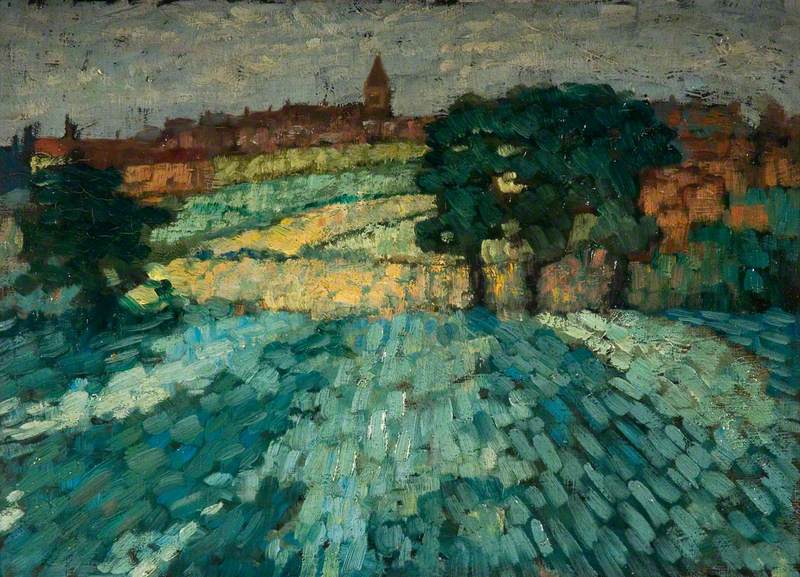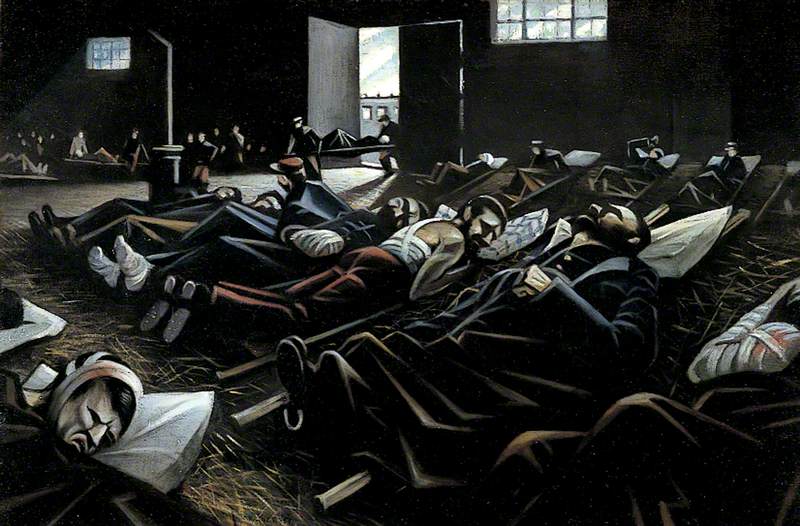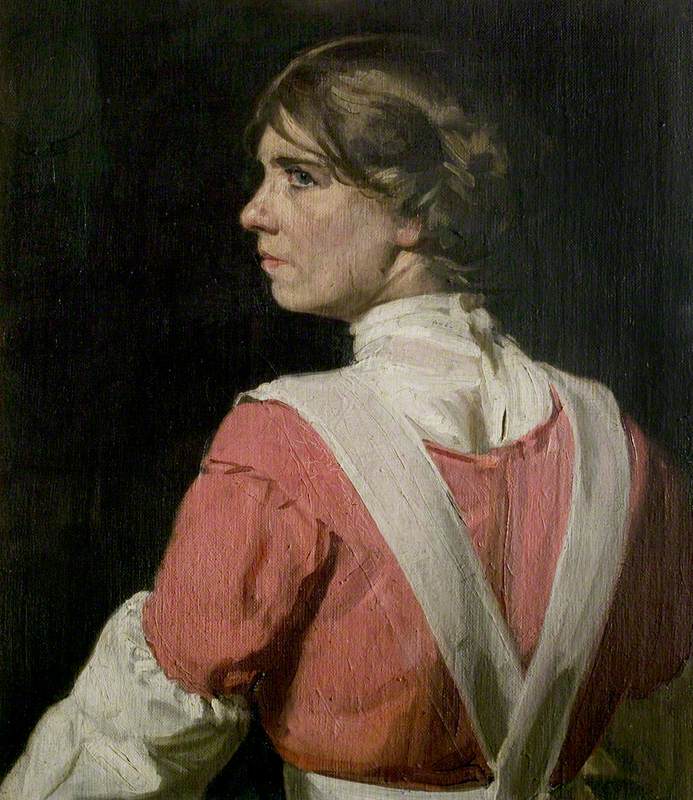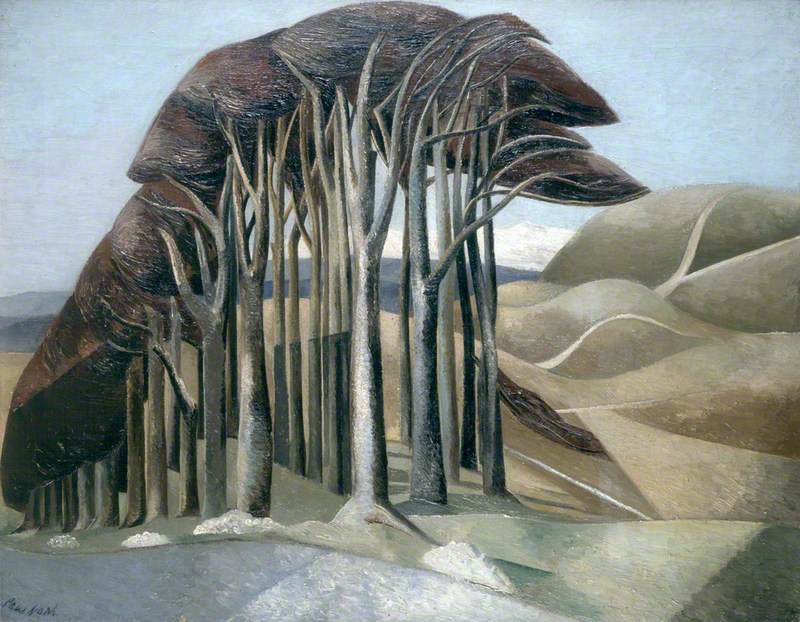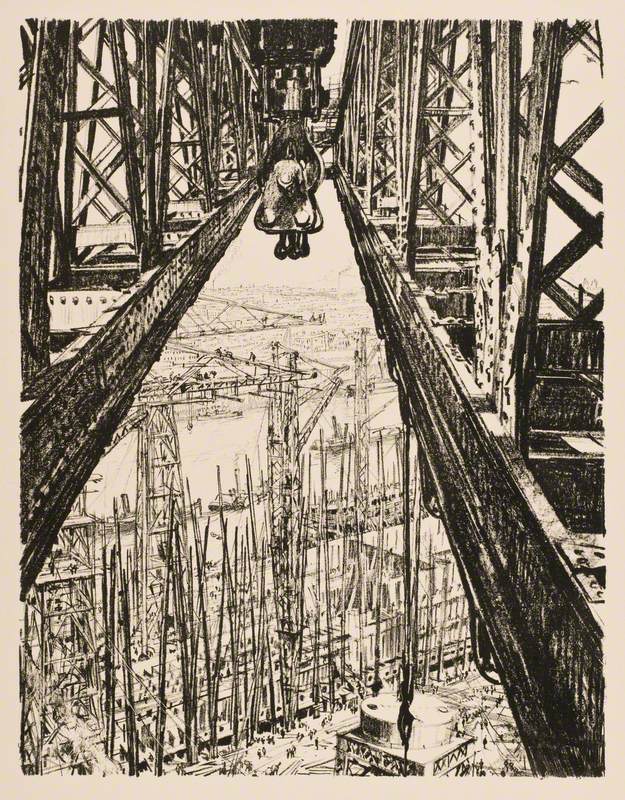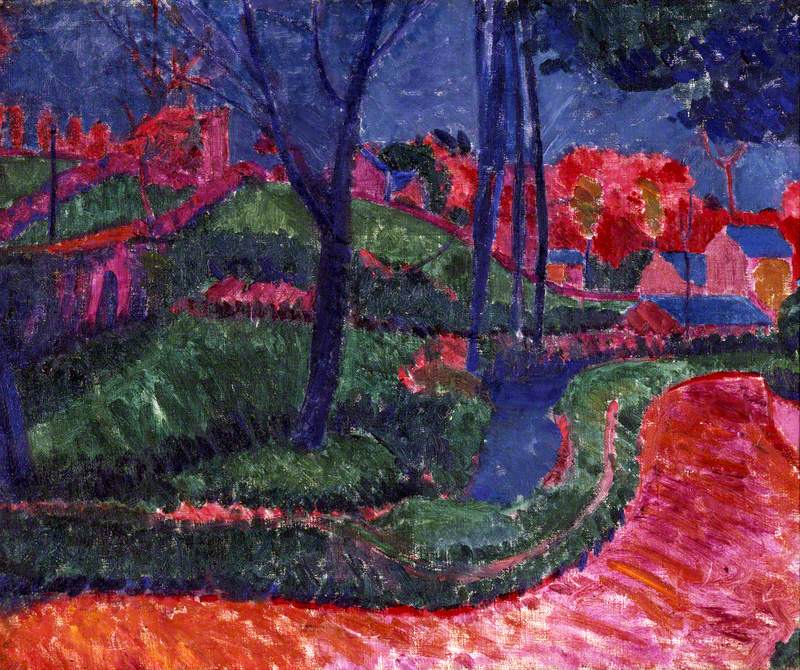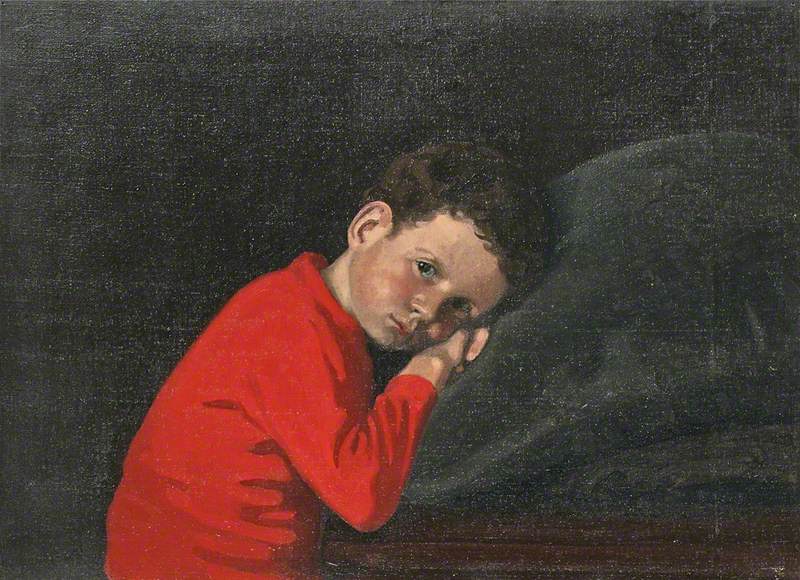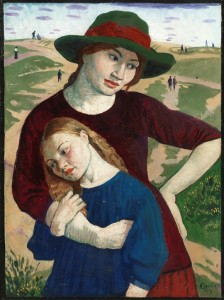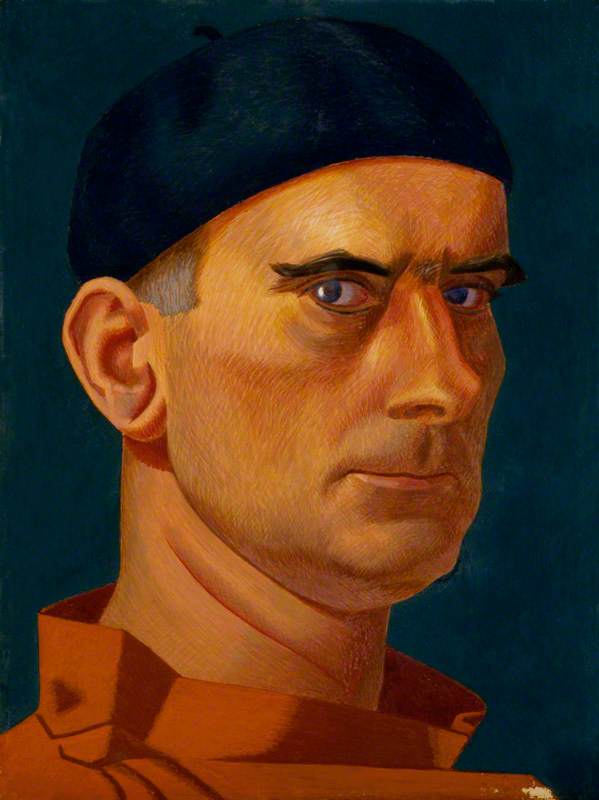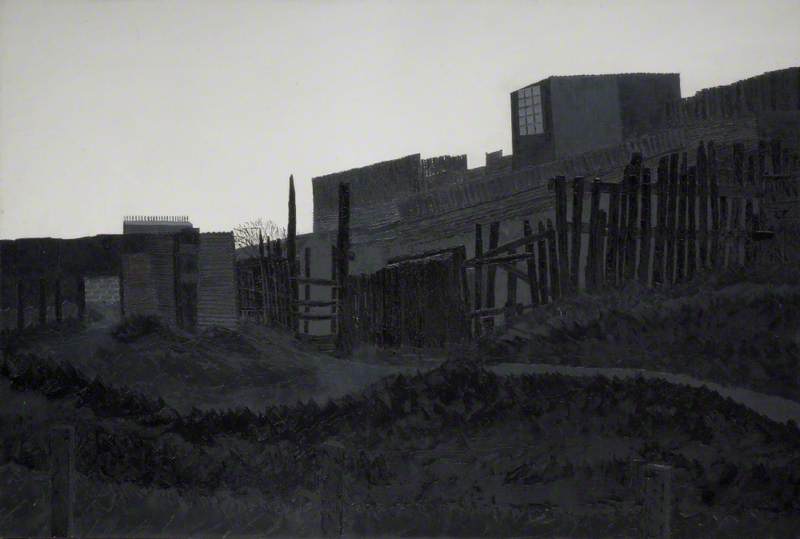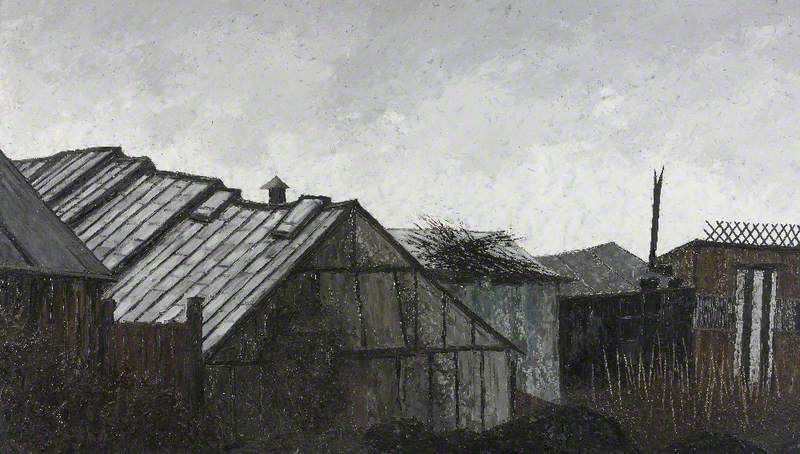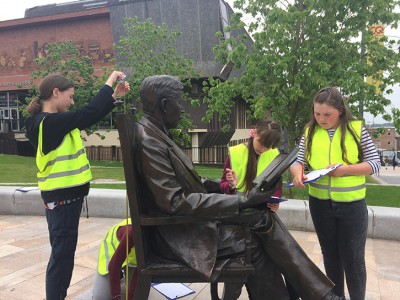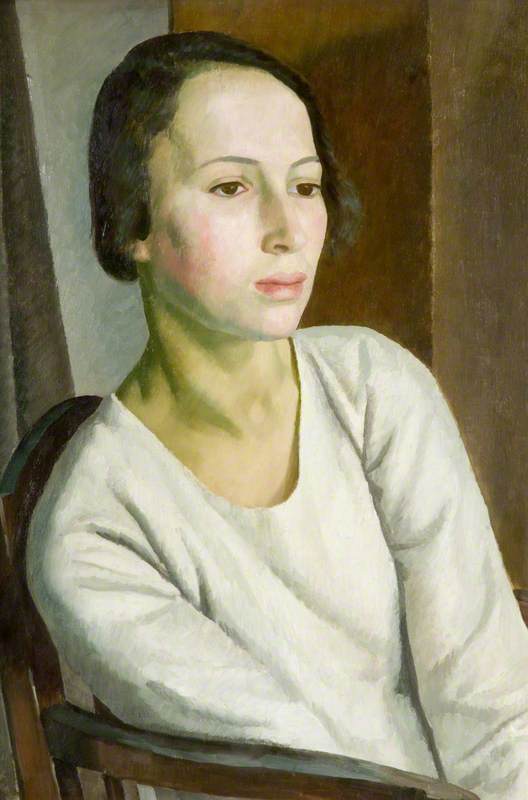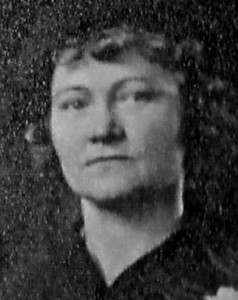As well as writing novels, plays and film scenarios, Arnold Bennett (1867–1931) wrote hundreds of non-fiction articles ranging from First World War propaganda to thoughts on the role of women in contemporary society. His writing on contemporary art placed Bennett as a 'popularizer of high art and educator of public taste'.
Arnold Bennett (1867–1931)
2017
Michael Talbot (b.1959) and Carl Payne (b.1969) and Horticon Ltd (founded 1990) 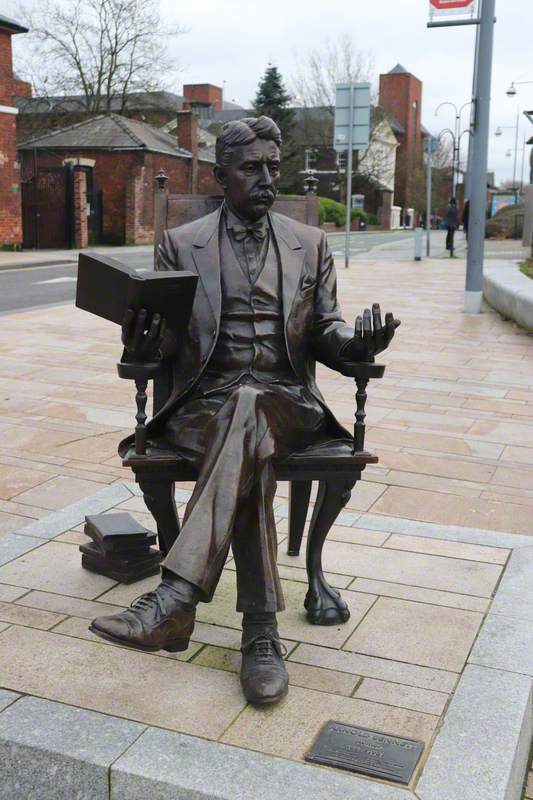
He was one of the few people to come out in defence of the exhibition 'Manet and the Post-Impressionists', which opened in 1910 to cries of outrage from critics and the public. He supported up-and-coming artists and, in 1918, wrote a preface for the catalogue of Paul Nash's first exhibition Void of War.
As an avid collector of paintings, Bennett owned a number of artworks that have found their way into public collections and can now be seen on Art UK. He owned Penkhull by John Currie (1884–1914), who like Bennett was born in the Staffordshire Potteries. Photographs of the interior of Comarques, Bennett's home in Thorpe-le-Soken, Essex, show Penkhull hanging over a door in the dining room. The painting is now at The Potteries Museum & Art Gallery, Stoke-on-Trent, which holds a significant collection of Currie's work.
Bennett owned La Patrie by Christopher Nevinson (1889–1946), which he purchased in September 1916 at an exhibition of Nevinson's work at the Leicester Galleries, 'Paintings and Drawings of War by C. R. W. Nevinson' (Late Private RAMC). Bennett was an important figure in the British War Propaganda Bureau and, along with Lord Beaverbrook, helped establish the British War Memorial Committee that chose artists to create artistic records of life on the front and at home during the First World War. La Patrie is now at Birmingham Museums and Art Gallery.
Bennett was given the painting Miss Wish Wynne (1882–1931), Actress, in the Character of Janet Cannot for the Play 'The Great Adventure' by its artist William Nicholson (1872–1949), an event Bennett describes in his journal entry for 17th March 1916. This painting had been a stage prop in the 1913 production of Bennett's play The Great Adventure. An interior photograph of Comarques, taken when Bennett lived in the house, shows the portrait of Wish Wynne hanging on the wall of the lounge. This painting is now at Nottingham City Museums and Galleries.
Bennett painted watercolours and drew pencil sketches throughout his life and would often sketch and paint whilst away from home, inspired by continental architecture and landscapes. The Potteries Museum & Art Gallery, Stoke-on-Trent, holds a major collection of Bennett's watercolours and drawings, including landscapes, still-life paintings, portraits and interior scenes. His watercolours vary in quality from some accomplished works, including some well-executed landscapes of Holland and France, to others of an inferior quality. Bennett was very critical of his own artistic efforts and his desire to be creative did not always result in a finished work with which he was pleased. He described some of his illustrations as 'fair and some merely awful'.
Although an unfamiliar name to all but the most avid readers of twentieth-century fiction, Arnold Bennett was at the centre of the British art world during his lifetime; meeting artists, visiting their studios and exhibitions, buying their paintings, encouraging and advising them, and writing about them for the enjoyment of his readers in articles, journals and fiction.
An Arnold Bennett Companion is published by Churnet Valley Press, and is available to buy from Webberley's Bookshop in Hanley, Stoke-on-Trent, or online through Amazon.
Katey Goodwin, Art UK Deputy Director and Project Manager for the Sculpture Project
